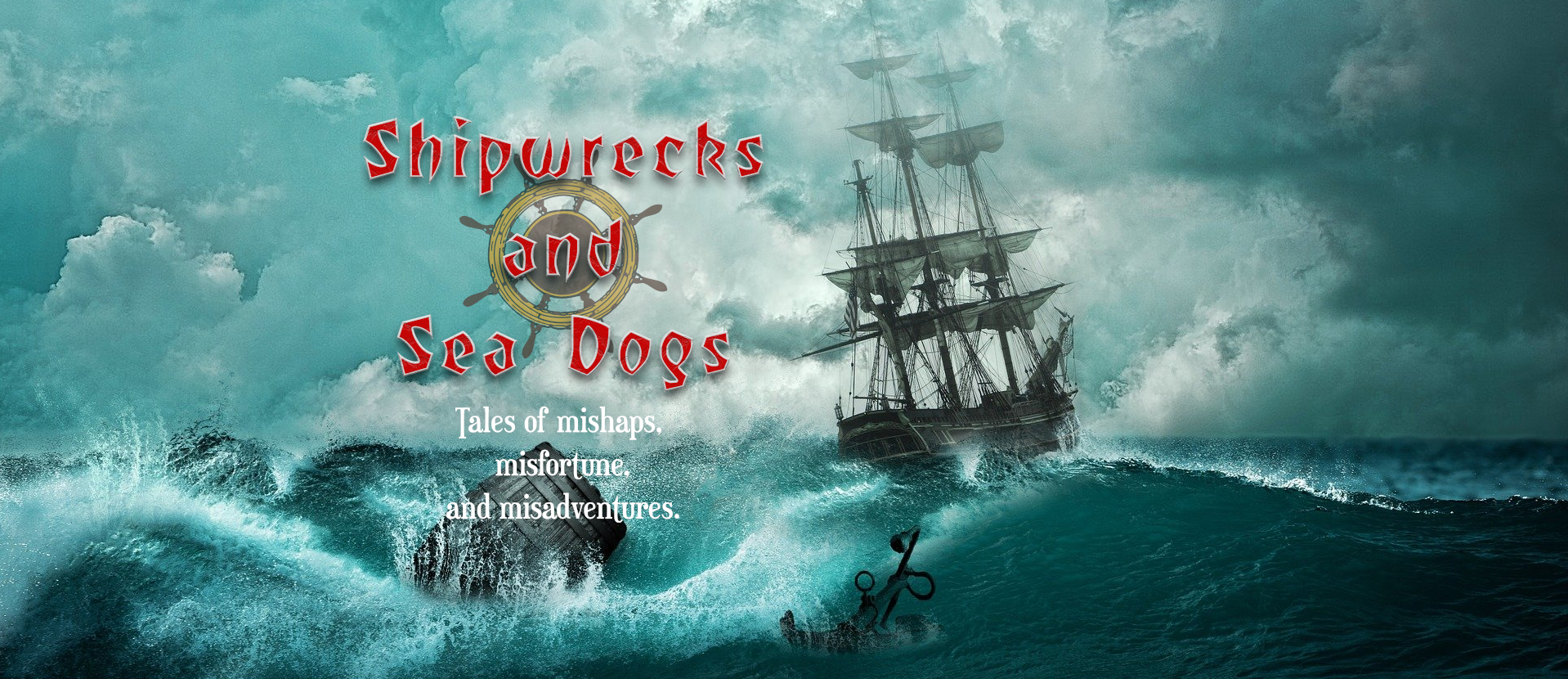A Calm Beginning
On September 18, 1914, the freighter Francis H. Leggett sank during a devastating gale off the coast of Oregon, killing 60 people.
The Leggett departed Grays Harbor, Washington on September 17, and started for San Francisco, California. The ship was carrying a load of railroad ties that were secured tightly to the deck. The weather was calm when the Leggett departed but quickly turned worse as the ship chugged down the Washington coast. Off the coast of Oregon, a sudden and wicked gale of 60 mph (97 km/h) battered the ship.
Trouble is Brewing
By September 18, the railroad ties on board began to come loose and shift around, throwing off the balance of the ship. One of the Leggett’s hatches was ripped away by the intense storm, and the waves that were lashing over the deck began filling the ship. Desperate for help, Captain Charles Moro ordered his radio operators to send a distress call.

The distress signal was received by the cruiser Izumo of the Imperial Japanese Navy, but fearing the SMS Leipzig of the German Imperial Navy, the Izumo did not answer the distress call. World War 1 had recently began and Japan was at war with Germany. However, the Izumo did relay the distress call to other ships.
The Buck, an oil tanker, and the steamship Beaver both responded to the relayed signal. By the time the ships arrived to assist, the Leggett was already on the bottom of the ocean. Railroad ties could be seen scattered and floating at the site. Two survivors were spotted desperately holding on to a railroad tie, including Alexander Farrell. He reported that the waves overtook and swamped the lifeboats immediately.
Many of the railroad ties that were aboard the Leggett washed ashore on the beach in Manzanita, Oregon. A complete home was built in Manzanita using these railroad ties.

The total loss of life, 60 people, makes the Leggett the worst maritime disaster in Oregon’s history.

